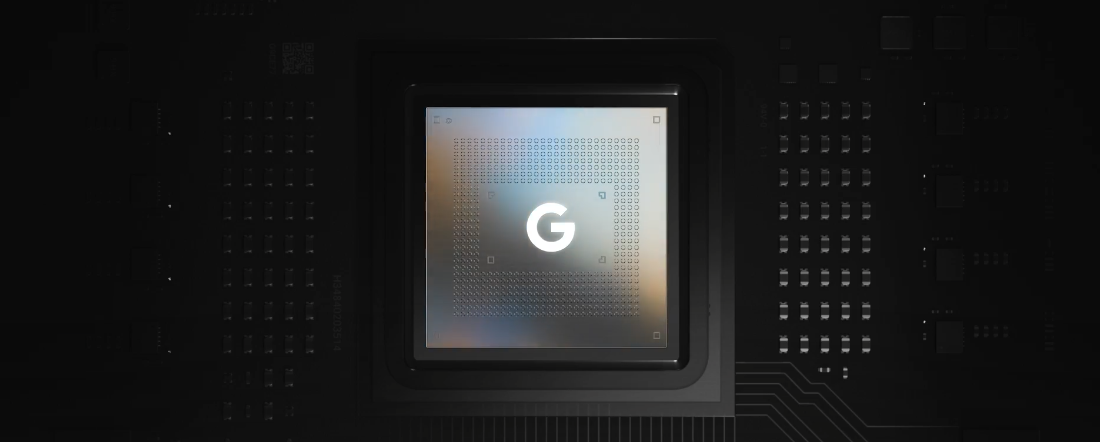16 Dec 2024
•
4 min read
My Google Hardware Interview Experience
Insights and takeaways from my interview journey for the Silicon Engineer role.

During my final weeks as a summer intern at Texas Instruments, Google Hardware visited DTU to recruit for their Silicon Engineer role. Since I had not yet received a PPO, I was eligible to apply, so I decided to give it a shot, even though I had a strong intuition I would eventually get the offer (I’ve written about my complete experience at Texas Instruments here). This post details my experience with the entire Google Hardware selection process.
Online Assessment #
The first stage was an online assessment consisting of around 25 objective questions divided into three sections, covering a range of topics. To be precise, the topics were:
- Digital Logic Design
- CMOS Analog VLSI Design
- SoC and ASIC Design
- Microprocessors
- Computer Architecture
- RTL Coding
- Performance and Power Architecture
- Verilog / HDL
- Python Scripting
The test lasted 30 minutes, and I managed to tackle most of the questions confidently. As expected, I was shortlisted, along with nine others for the personal interviews.
Personal Interviews #
There were three interview rounds, each lasting 40–50 minutes with a half-hour break in between, starting at 9 AM. Each round served as an elimination stage. That day, I had a mild cold and was feeling too drained to function properly. However, I mustered all the energy I could and got ready. In a bold move, I decided to attend the interviews from TI’s office itself. I took a cab and reached around 8:30 AM, before anyone else from my team had arrived. I even hijacked one of the meeting rooms, telling the cleaning staff to skip it because I had a meeting with a “Japanese client”.
The first round began with the interviewer introducing herself and asking me to share a bit about myself. We spent around 10 minutes chatting about my background before she outlined the process and format of the interview. The technical questions began with a BJT-based circuit, where she asked me to identify its function, followed by a few questions on BJT device physics. We then shifted focus to MOSFETs, covering topics such as leakage currents, the sub-threshold region of operation, parasitic capacitances, and techniques to reduce leakage power consumption.
The interview flowed smoothly, and she praised my responses. At the end, she asked if I had any questions, so I clarified a few doubts before we exchanged greetings and wrapped up the first round.
A few minutes later, I received the email for the second round. I joined the meeting, and the next interviewer greeted me for clearing the first round. While skimming through my resume, he asked about my internship at TI and my projects before diving into the technical questions. This round was quite intense, covering topics from digital electronics and microprocessors. There were numerous questions, but the ones I remember included troubleshooting the 8085 microprocessor in the lab, memory systems, DMA, FSMs, CMOS logic, and digital design.
Overall, the round went well. Although I fumbled a few times, the interviewer guided me through those moments, which helped me tackle the questions. I was slightly unsure whether I would pass this round, but I made it through.
The third round began with the interviewer exploring my internship work in more detail before transitioning to technical questions. This round was entirely focused on Digital VLSI design, where I was asked to draw the digital implementation of logic blocks using CMOS logic. Nearly all the questions revolved around this topic.
We also discussed the job profile in more depth, and the interviewer shared insights about the various departments and projects at Google India, including work on Tensor chips. The interview ended on a positive note, with both of us feeling satisfied with my responses.
Results #
I wasn’t selected, also Google hired only one candidate, who turned out to be my friend and co-intern at Texas Instruments. While I wasn’t chosen, I was happy for him and felt self-assured knowing I was one of the few who made it through each round. This experience inspired me to write this post, hoping that others might benefit from my three hours of effort and, in turn, secure the role.
Thank you for reading this far! I’m planning to write another post featuring all the resources I followed and recommend, so be sure to check back soon.